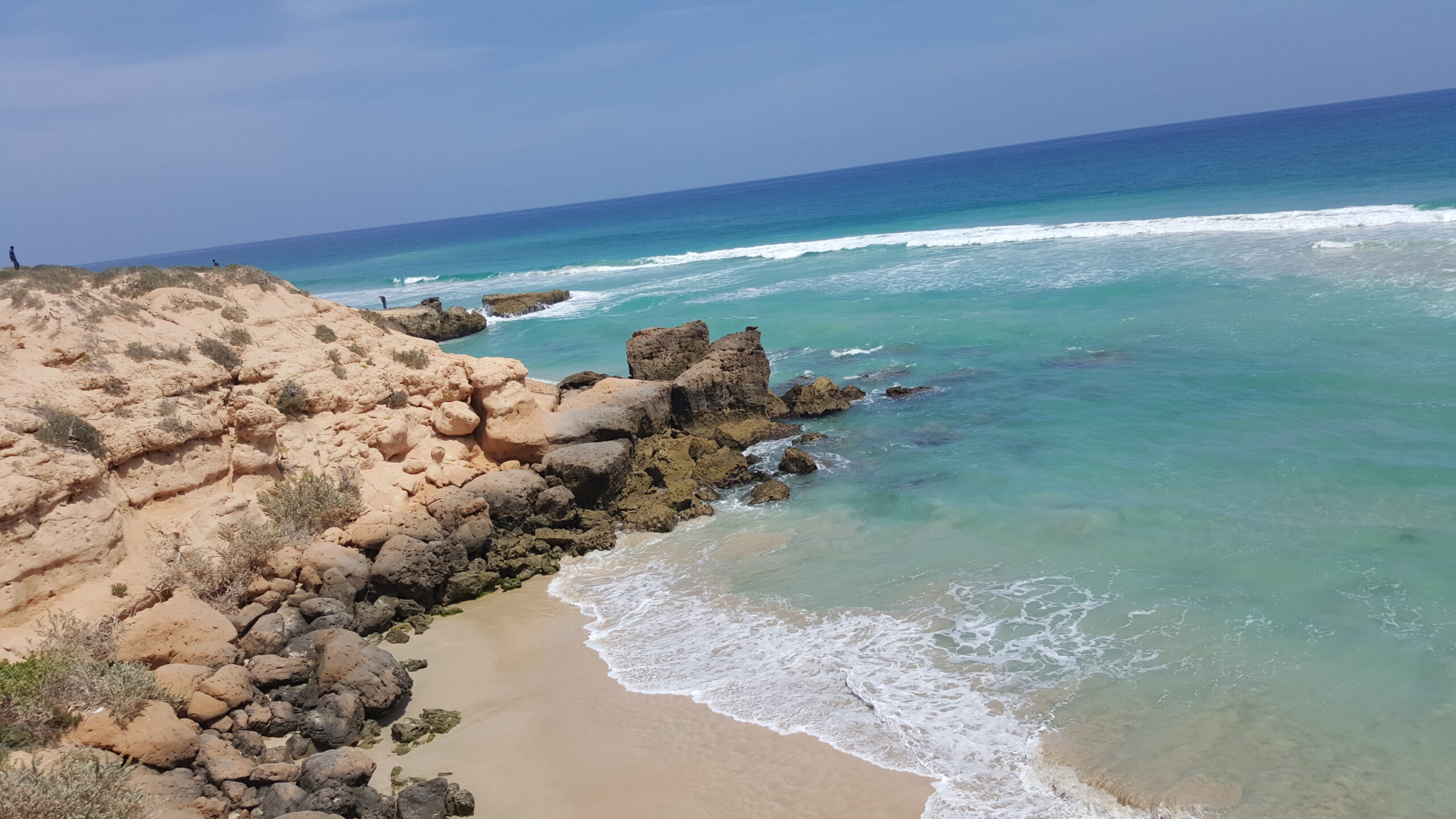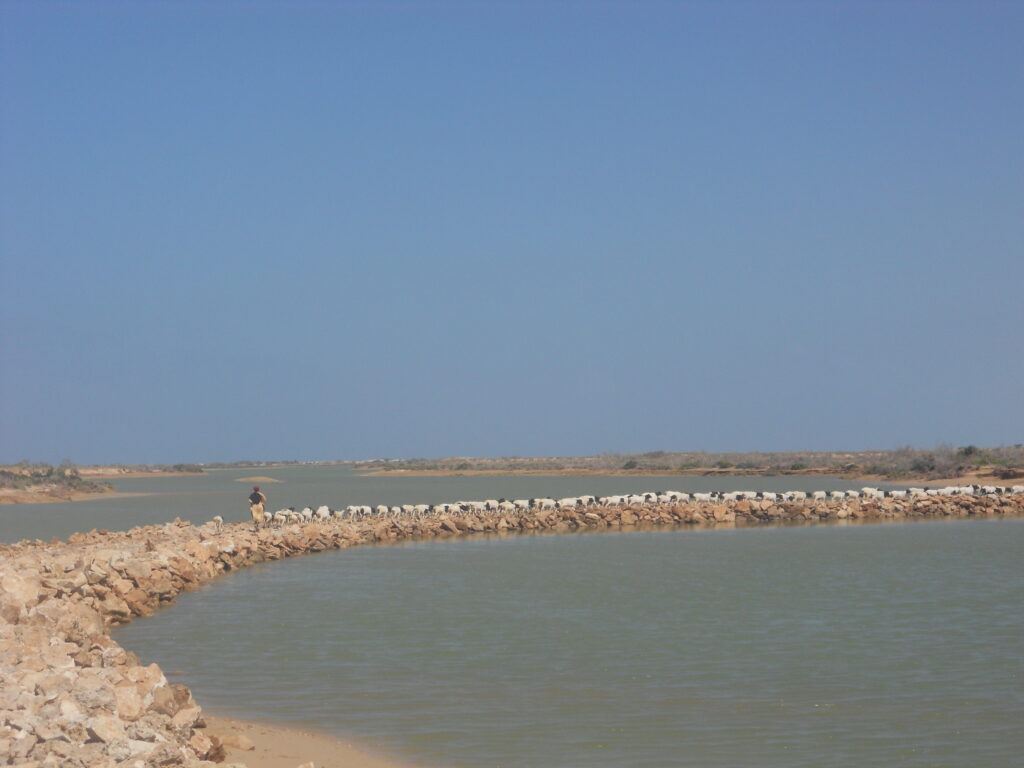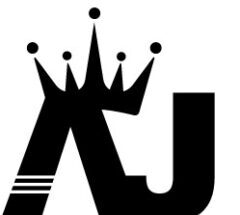

The local phrase “Gaari waa” which means the “unreachable part of Somalia” was nothing to me other than a term that I used to hear from old people until I went on a trip to the far east of Somalia. Bosaso which is the capital of Bari “the largest region of Somalia” was included the unreachable land prior to the construction of the two-lane road that connects Garowe to Bosaso port in 1989. Yet the most historic, largest, and richest “in natural resources” of the same region remains unreachable. Except for the residents, it is hard to get someone who has the guts to travel there for fun or for love, only when it is a must to go in order to fulfill the terms of reference that a jobholder signed with an employer.
I was with eight other passengers traveling by Toyota’s Land Cruiser as public transport; we left at 7 am from Bosaso’s Xalwo Kismayo Restaurant. Even though it was my first time on such a rough and long journey only my body felt that but I was emotionally excited and curious. As we took the early hours with talks and stories, the situation suddenly changed when all female passengers began vomiting due to the roughness of the road, then I was told that every woman of whatever age vomited when it came to traveling through the way to Bargal. Eventually, after 10 hours of driving roughly about 350 km, we reached safely the gate for a broad unreachable land “Bargal”, a newly named Gardafu region.
Bargal is a historic coastal town off the Indian Ocean that currently has approximately 7,000 population, it became so popular after King Osman’s palace was built in the 19th century, local elders told me it is about two hundred years old. Still, the footprints of the empire are available in Bargal. Fortunately, because of my assignment, I had the opportunity to meet with almost every part of the community, from elders to pupils, district council members, youth clubs, educators, women advocates, fishermen, and business people. Even though the level of illiteracy in the community is extreme again they are characterized as peace and unity lovers.
A couple of weeks later, I continued my trip to Alula which is another historic district located at the Red Sea, the way from Bosaso to Bargal was relatively smooth compared to the way that connects Bargal to Alula. This district became isolated after recent huge storms and floods distracted the only rough way that existed. The government of Puntland makes a huge portion of its revenue from frankincense tax and licenses sold to fishery boats that jammed between those two coastal districts while both of them have the lowest services in the whole state, for example; Alula’s only power generator has not been functioning for the last months due to mechanical errors.
